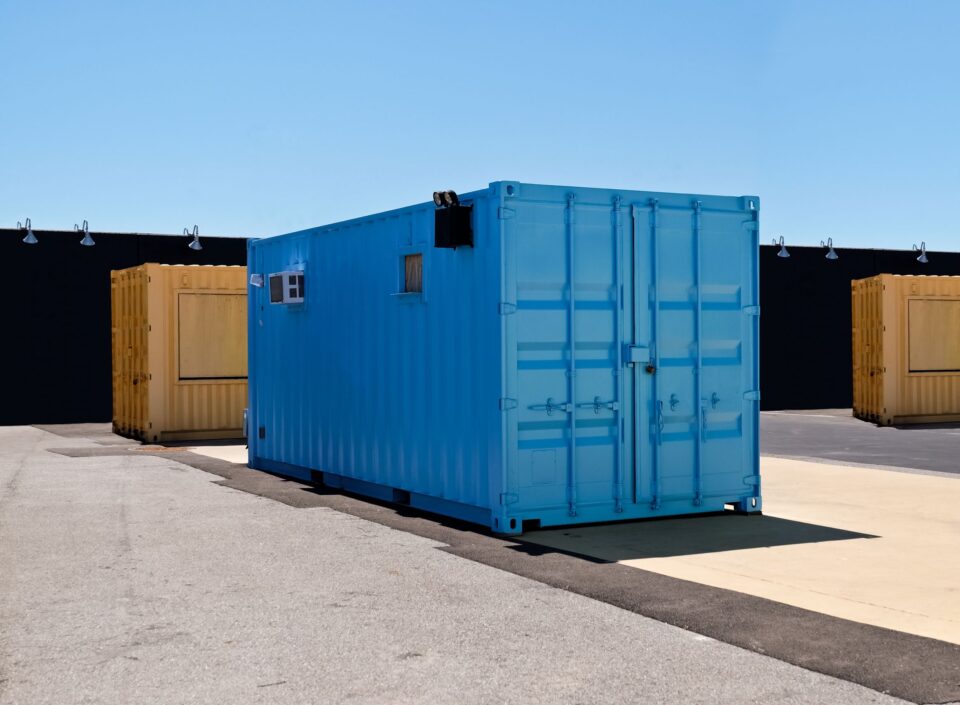Equipment Financing: Understanding the Basics, Benefits, and Application Process
Equipment is the backbone of many businesses, from manufacturing machinery to office technology and vehicles. However, purchasing equipment outright can strain cash flow and limit growth potential. Equipment financing offers a solution that helps businesses acquire necessary assets while preserving capital. This guide explores the fundamentals of equipment financing, identifies who benefits most from this funding option, and walks through the application process.
What is Equipment Financing?
Equipment financing is a funding solution that allows businesses to obtain the equipment they need without paying the full cost upfront. Instead, a lender provides funds to purchase the equipment, which the business then repays over time with interest.
Key Features of Equipment Financing:
- Collateralized Loans: The equipment itself typically serves as collateral, reducing risk for lenders and potentially leading to better terms.
- Fixed Terms: Most equipment loans have fixed repayment periods ranging from 1-7 years, depending on the equipment type and expected useful life.
- Ownership Structure: While terms vary, many equipment financing arrangements allow businesses to own the equipment outright after completing payments.
- Preservation of Capital: Financing equipment preserves working capital for other business needs rather than tying up funds in fixed assets.
Types of Equipment Financing
Equipment Loans
With an equipment loan, the lender provides funds to purchase equipment, which the business repays in regular installments. The business owns the equipment from the start, though the lender maintains a security interest until the loan is paid off.
Equipment Leases
Equipment leases allow businesses to use equipment for a set period while making regular payments. Leases come in two primary forms:
- Capital Leases: Structured for businesses planning to purchase the equipment at the end of the lease term, usually at a nominal price.
- Operating Leases: Designed for temporary equipment usage with no ownership intention. These often include maintenance and may offer equipment upgrades.
Who Benefits Most from Equipment Financing?
Small and Medium-Sized Businesses
Small and medium-sized businesses often benefit most from equipment financing due to limited cash reserves and the need to invest in growth rather than tying up capital in equipment purchases.
Startups and New Ventures
Startups can leverage equipment financing to acquire essential assets without depleting initial funding, allowing them to allocate capital toward marketing, hiring, and product development.
Businesses in Equipment-Intensive Industries
Industries requiring substantial equipment investments particularly benefit:
- Construction companies: Heavy machinery and specialized tools
- Manufacturing businesses: Production equipment and assembly lines
- Healthcare providers: Medical devices and diagnostic equipment
- Transportation companies: Trucks, vans, and specialized vehicles
- Restaurants: Commercial kitchen equipment and POS systems
- Agricultural operations: Tractors, harvesters, and other farm equipment
Companies with Seasonal Cash Flow
Businesses with seasonal revenue fluctuations can use equipment financing to manage their equipment needs while maintaining cash flow during slower periods.
Growing Businesses
Companies experiencing growth often need to expand their equipment capacity quickly but may not have accumulated sufficient capital for outright purchases.
The Equipment Financing Application Process
Step 1: Assess Your Equipment Needs
- Identify the exact equipment needed
- Research market prices and suppliers
- Determine whether new or used equipment better suits your needs
- Calculate the expected return on investment from the equipment
Step 2: Review Your Financial Position
- Check your business and personal credit scores
- Prepare recent financial statements (balance sheet, income statement, cash flow)
- Gather tax returns (typically 2-3 years)
- Create cash flow projections showing your ability to make payments
Step 3: Research Lenders and Financing Options
- Traditional banks and credit unions
- Equipment financing specialists
- Online lenders
- Equipment manufacturers offering financing programs
- Small Business Administration (SBA) loan programs
Step 4: Prepare Your Application
Most lenders will require:
- Completed application form
- Business plan or executive summary
- Financial statements and tax returns
- Bank statements (typically 3-6 months)
- Equipment quote or invoice
- Business licenses and registrations
- Business owner’s personal information and ID
Step 5: Submit Your Application and Review Offers
Compare financing offers by examining:
- Interest rates and APR
- Term length and payment schedule
- Down payment requirements
- Additional fees (origination, documentation, etc.)
- End-of-term options (for leases)
- Early repayment terms and potential penalties
Step 6: Close the Deal and Acquire Your Equipment
- Review and sign the financing agreement
- Satisfy any conditions set by the lender
- Make the down payment if required
- Coordinate equipment delivery with the vendor
Tips for Successful Equipment Financing
- Maintain Good Credit: Higher credit scores typically result in better rates and terms.
- Consider the Equipment’s Useful Life: Match the financing term to the expected useful life of the equipment.
- Calculate Total Cost of Ownership: Factor in maintenance, insurance, and operational costs beyond the financing payments.
- Understand Tax Implications: Consult with an accountant about potential tax benefits, including Section 179 deductions and depreciation.
- Read the Fine Print: Pay special attention to terms regarding maintenance requirements, insurance obligations, and end-of-term conditions.
- Plan for Obsolescence: For technology equipment that quickly becomes outdated, consider shorter terms or leases with upgrade options.
Conclusion
Equipment financing offers businesses a strategic way to acquire necessary assets while preserving capital for other critical needs. By understanding the various financing options, determining which solution best fits your business model, and preparing thoroughly for the application process, you can secure the equipment your business needs to thrive and grow.
Whether you’re a startup looking to establish operations, a growing business expanding capacity, or an established company updating technology, equipment financing provides a flexible funding solution worth exploring. With proper planning and the right financing partner, your business can access the equipment it needs today while positioning itself for success tomorrow.

